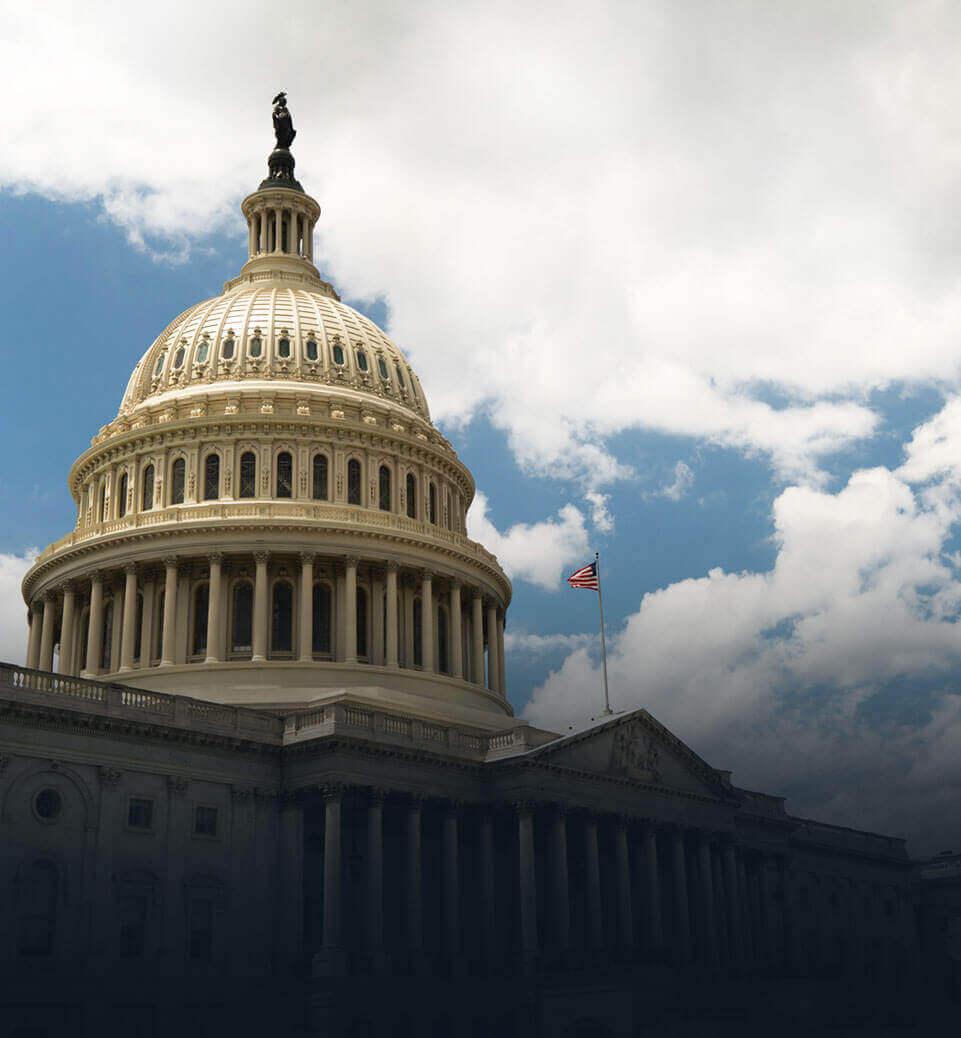Safe Driving Tips and What to Do After an Accident
It may feel like a given in your daily life, but driving a vehicle is a serious responsibility—to yourself, your passengers, and others on the road. With approximately 6 million car accidents in the U.S. injuring roughly 3 million people each year, it is wise both to practice safe driving techniques and to know the steps to take following a collision.
Start, of course, by buckling up. Seatbelts can cut the risk of serious injury by 50 percent, according to the National Highway Traffic Safety Administration (NHTSA). Next, follow these safe driving tips:
1. Never Drive Under the Influence
The NHTSA reported 10,511 deaths from drunk-driving crashes in 2018. It is illegal across the U.S. to drive with a Blood Alcohol Concentration (BAC) of .08 or higher. A lower BAC can also affect your driving ability depending on various factors.
Between ridesharing, public transportation, friends, family, and simply staying put, there is no excuse for getting behind the wheel if you are impaired by drugs or alcohol. The stakes are too high, and the potential penalties are serious as well.
2. Focus on the Road
Distracted driving—whether by text message, phone call, or any other task—can be equally as dangerous as driving under the influence. In California, it is illegal to use a handheld wireless device when driving. While hands-free mode makes taking a phone call in the car legal, it can still be distracting. Prioritize driving while you are on the road and quickly recognize when your concentration may be lacking.
3. Follow the Rules
Speed limits and signs should be obeyed at all times. In 2018, speeding killed 9,378 people according to the NHTSA. Cruising through stop signs, ignoring lane markings, and passing vehicles on winding roads are examples of seemingly small decisions that can cause a serious accident.
4. Be Mindful of the Blind Spot
Drivers must always be aware of not only their blind spots, but those of others. The “No-Zone” for example is the area surrounding a large truck or bus where the driver cannot see you. If you have a passenger in the car with you, consider asking them to help monitor the surroundings prior to your split-second decisions. If you are driving alone, be cautious, yet decisive.
5. Anticipate Hazards
Defensive driving centers on expecting the unexpected and being prepared to react quickly. In California, where there were 14.5 million vehicles registered as of 2016, this philosophy is even more critical. With so many drivers on the road and a number of them making questionable decisions at any given moment, being a responsible driver isn’t always enough to avoid a collision. If you are not familiar with defensive driving, consider taking a course to gain advanced road skills beyond managing your own.
After an Accident
Safe driving tips don’t eliminate the possibility of a collision, so it’s important to know what to do if you are ever in one. Here is a quick guide:
1. Survey the Situation
If there appears to be any injuries, call 911 and offer reasonable assistance until paramedics arrive. Even if it is only a minor collision, remember that you are to remain at the scene, exchange insurance information, and, if necessary, wait for authorities to arrive.
2. Gather Information and Evidence
In addition to the other vehicle owner’s name, registration, and contact information, make an effort to obtain information from any witnesses. If you end up in a liability dispute, a witness’ input can help resolve the conflict more quickly than an argument reliant upon “he said, she said” information. Also consider taking photos of the damage and injuries when possible.
3. Choose Your Words Carefully
This is not to be difficult or deceptive, but to ensure you don’t potentially harm a viable personal injury claim if you are not at fault. Following the trauma of a crash, your instinct (perhaps even unknowingly) might be to suggest that you may have done something wrong. Remember that an apology can be used against you, as can denying medical attention or saying something like, “I’m fine, just a little shaken up.”
4. Get Appropriate Medical Care
After reporting the accident to your insurance company, seek medical care, even for minor injuries. Oftentimes, it can take several days for trauma-induced pain to set in. Monitor your health closely and follow your doctor’s orders. From our previous article:
“Medical care is a major component of a personal injury claim, not just for your physical recovery, but also as evidence of your injuries. If you’ve ever been on medication or in therapy, you know how easy it can be to miss a dose or skip a session. If these kinds of mistakes happen during a personal injury claim, you can bet that the defense will bring attention to your oversight and question the severity of your injuries.”
5. Hire a Personal Injury Attorney
If you believe you have a valid case and wish to pursue a personal injury claim, hire an attorney sooner rather than later. Know that your insurer or a defense attorney is preparing to challenge your claim. Hiring a personal injury attorney from the start will make your life easier and help to solidify your case by seeing that you follow proper protocol. Start with a free case evaluation from the Law Offices of Belgum, Fry & Van Allen, one of Southern California’s most trusted personal injury law firms. Contact us to learn more.




